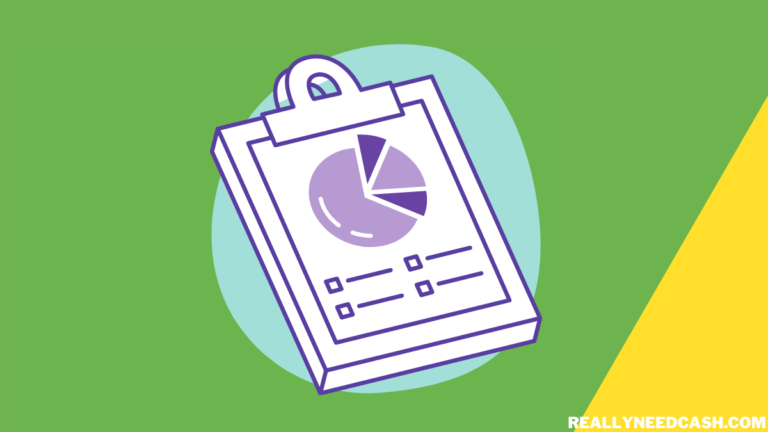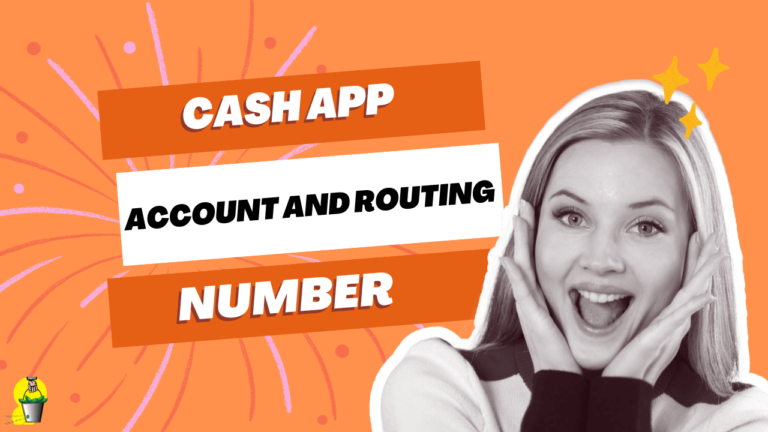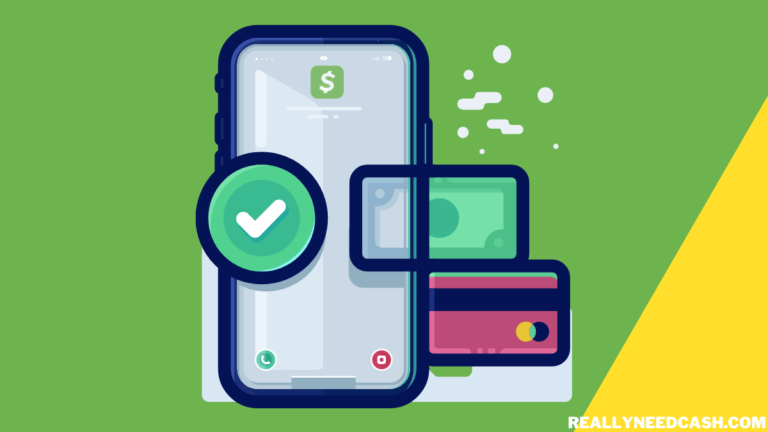Is it possible for inmates to Use Cash App to receive Money?
No, Inmates cannot use Cash App directly. Cash App does not offer any special features specifically for Inmates. It also requires users to have the app installed on their devices, which is not possible for inmates who do not have access to mobile devices.
Well, the answer is complex. Some prisons and jails have strict rules and regulations around money transfers, and specific payment platforms may not be allowed.
However, there are some ways that inmates can receive Money using Cash App, such as through third-party services like JailATM.
In this way, family and friends of inmates can use Cash App to send Money, which is then deposited into the inmate’s account through JailATM.

Can Inmates Use Cash App to Accept Payments?
No, Cash App does not offer a way for inmates to receive Money using the app. It requires users to have the app installed on their devices, which is not possible for inmates who do not have access to mobile devices.
But don’t worry; there are other ways to send money to an inmate, depending on their correctional facility.
Typically, electronic funds transfer services such as GTL/ConnectNetwork, JPay, and Access Corrections can send money to an inmate’s account.
If you prefer to send money through the mail, you can also send a check or money order to the correctional facility where the inmate is located.
Can Inmates Receive Money on Cash App via Jailatm?
Yes, but It all depends on the rules and regulations of the correctional facility they are located in.
JailATM, a service that enables loved ones to send money to inmates, may offer Cash App as one of their payment options.
However, it’s not guaranteed that all correctional facilities allow Cash App or other mobile payment apps.
Some may only permit approved vendors or conventional methods like money orders or cashier’s checks.
Suppose you plan to send money to an inmate through JailATM but can’t find Cash App as a payment option. In that case, the best way is to contact the correctional facility or JailATM customer service to inquire about payment options.
It’s always best to double-check and follow the guidelines set by the correctional facility to ensure that the Money reaches the inmate.
Process for Sending Money to Incarcerated People
The process can seem daunting when it comes to sending money to a loved one who is incarcerated. But it doesn’t have to be!
Here’s a breakdown of the steps involved:
Step 1: Find out the payment options
The first step is determining what payment options are available at the correctional facility where your loved one is being held. Some facilities allow electronic funds transfers, while others only accept money orders or cashier’s checks.
It’s essential to check with the facility to ensure you’re using an approved payment method.
Step 2: Choose a payment method
Once you know what payment methods are available, it’s time to choose the one that works best for you. Some options include electronic funds transfer services like GTL/ConnectNetwork, JPay, and Access Corrections.
These services usually require you to create an account and link it to your payment source. You can also send a money order or cashier’s check directly to the facility.
Step 3: Set up the payment
Once you’ve chosen a payment method, it’s time to set up the payment. If you’re using an electronic funds transfer service, you’ll need to enter your loved one’s name, inmate ID number, and the amount you want to send.
Address it to the correct facility and include your loved one’s name and inmate ID number on the memo line for the money order or cashier’s check.
Step 4: Pay the fees
It’s important to note that fees may be associated with sending Money to an incarcerated person. These fees vary depending on the payment method and the correctional facility.
Make sure you’re aware of any fees before you finalize the payment.
Step 5: Confirm the payment
After you’ve made the payment, it’s a good idea to confirm that the correctional facility received it. Some electronic funds transfer services allow you to track the payment online, while others may require you to call customer service.
Confirm receipt by checking your bank account to see if the payment was cashed.
By following these steps, you can ensure your loved one receives the financial support they need while incarcerated.
It may take a little effort, but knowing you’re helping your loved one through a difficult time can make it all worth it.
Reasons to Send Money to Inmates
Sending Money to incarcerated people can serve various purposes. Here are some of the reasons why people send money to their loved ones in jail:
1. To help with basic needs
Incarcerated people often have limited access to essential items like toiletries, clothing, and food.
This will help them purchase these items from the commissary or canteen.
2. Communicate
Phone calls, emails, and video chats are ways that incarcerated people can stay in touch with their loved ones. However, these communication methods can be expensive.
Sending Money can help cover communication costs and make it easier for people to stay connected.
3. Provide financial support
Incarceration can result in loss of income and financial stability for the incarcerated person and their family.
It will ease the financial burden and ensures that bills are paid, and other financial obligations are met.
Many correctional facilities offer educational programs and vocational training to support education and self-improvement.
Doing this will help incarcerated people to purchase textbooks, materials, and other necessary resources to further their education and work toward self-improvement.
4. Celebrate special occasions
Birthdays, holidays, and other special events can be difficult for incarcerated people who are separated from their families.
Is it legal to send money to inmates through Cash App?
Whether it’s legal to send money to inmates through Cash App depends on the policies of the correctional facility where the inmate is located.
Some correctional facilities have strict rules around sending Money to inmates and may only allow Money to be sent through approved vendors or traditional methods such as money orders or cashier’s checks.
In such cases, sending Money to inmates through Cash App may not be an option.
But, if the correctional facility allows it, sending money to inmates through Cash App may be a convenient and quick option. Note that there may be fees associated with the service, and it’s essential to follow the guidelines set by the correctional facility to ensure that the inmate receives the Money.
Conclusion
Whether or not you can send money to an inmate through Cash App ultimately depends on the policies of the correctional facility they are located in.
While JailATM may offer Cash App as a payment option for sending money to inmates, not all facilities allow it.
It’s essential to follow the guidelines set by the correctional facility and inquire about the available payment methods if Cash App needs to be listed as an option.
Sending Money to an incarcerated loved one can be a way to provide support and care for them during a difficult time. It’s essential to understand the process and any restrictions in place to ensure that your Money reaches its intended recipient.






